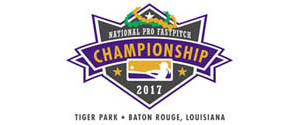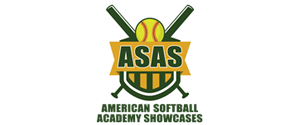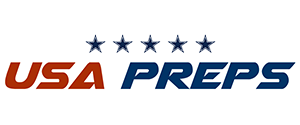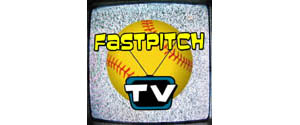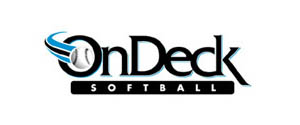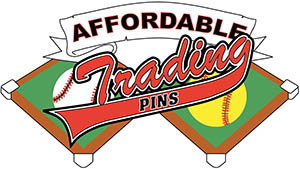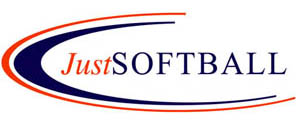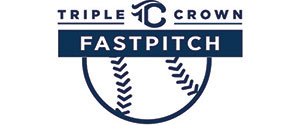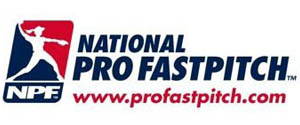by PDad » Tue Nov 14, 2017 7:21 pm
NFHS rule isn't worded clearly on it being another fielder that had a play like ASA/USA and NCAA. Here are NCAA rules:
12.17 Hit by a Batted Ball
An umpire or runner is considered hit by a batted ball when the ball contacts his or her person, attached equipment or clothing:
12.17.1 When an umpire, or a runner not in contact with a base, is struck by a fair untouched batted ball after it has passed a fielder (other than the pitcher), and, in the judgment of the umpire, no other fielder had a reasonable chance to make a play.
12.17.2 When an umpire, or a runner not in contact with a base, is unavoidably struck by a fair batted ball after touching a fielder (including the pitcher).
EFFECT—(12.17.1 and 12.17.2)—The ball is live. The batter becomes a batter-runner and advances with liability to be put out. Each runner may advance with liability to be put out, whether forced or not.
Note: Any ball that touches the umpire or runner while still in flight is considered a ground ball and cannot be caught as a fly ball.
12.17.4 When a runner is struck by a fair untouched batted ball while not in contact with a base and:
12.17.4.1 Before the ball touches a fielder, including the pitcher;
12.17.4.2 Before the ball passes a fielder, excluding the pitcher; or
12.17.4.3 After passing a fielder, excluding the pitcher, and another fielder had a reasonable chance to make a play.
EFFECT—(12.17.4.1 to 12.17.4.3)—The ball is dead, and the runner is out. The batter-runner is awarded first base. If the official scorer judges the batted ball would have been a hit, the batter is credited with a base hit, but if not, it is scored as a fielder’s choice. Each base runner not forced by the batter-runner must return to the last base legally touched at the time of the interference.
Last edited by
PDad on Tue Nov 14, 2017 7:27 pm, edited 1 time in total.






